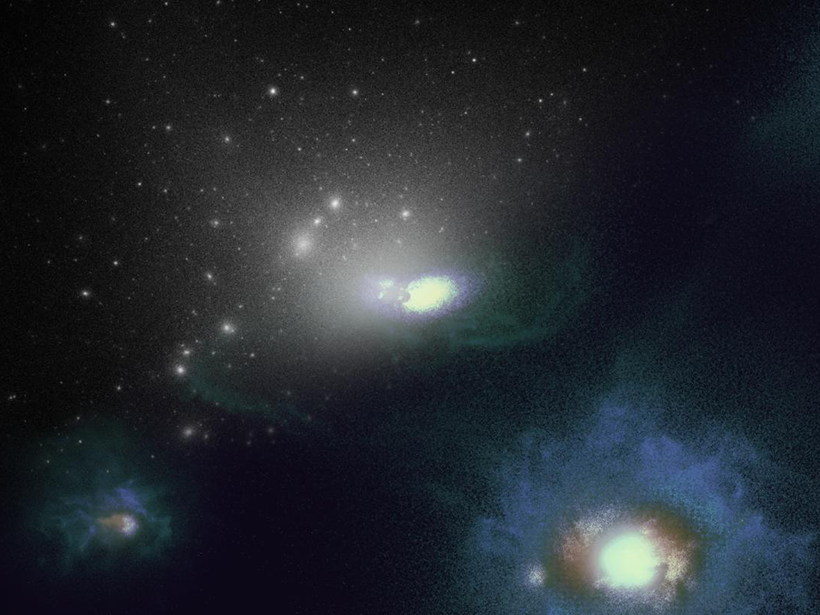Wow. Just wow.
galaxies
Posted inNews
The First Look at Our New Astronomy Paradigm
Five galaxies, two nebulae, an exoplanet, and the early universe—JWST’s first images provide a cross section of the science yet to come.
Posted inNews
Wanted for Grand Theft Galaxy: The Milky Way
Several dwarf galaxies orbiting the Milky Way were likely stolen from the Large Magellanic Cloud.
Posted inFeatures
Gazing Toward the Universe's Edge: Hubble's Deep Field Legacy
Hubble's sensitive cameras give scientists a chance to witness the birth of galaxies.




